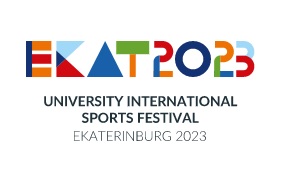The Nobel Prize in Physiology or Medicine
вторник 20 декабря 2022, 16:47
 |
____ |
We would like to continue telling you about Nobel laureates. Today’s material is devoted to notable figures in physiology and medicine. Herbert Wells once called this Nobel laureate “a star which lights the world, shining down a vista hitherto unexplored”. This line is devoted to the first Russian physiologist, academician Ivan Pavlov who acquired his Nobel Prize “in recognition of his work on the physiology of digestion” in 1904. I. Pavlov is praised for having founded the first institute for the study of higher nervous activity in the world, aimed first and foremost at studying conditioned reflexes. His famous publication entitled “Lectures on the function of the principal digestive glands” (= “Lektsii o rabote glavnykh pishchevaritelnyteh zhelez”) became an indispensable handbook for physiologists all over the world. The complete text of these lectures is available via the electronic library “University Library Online”. In 1962 the Nobel Prize was awarded to three American scientists – Francis Crick, Maurice Wilkins and James Watson – for having made one of the most prominent discoveries in the XXth century biology. They proposed a model of DNA’s structure – that of a double helix. This discovery has helped us get closer to understanding the fundamentals of genetics. Nowadays the double helix structure of DNA is commonly accepted as a classical icon of science. Readers can get acquainted with an autobiographical story of James Watson – “The Double Helix” – from the Ural Federal University Library collection. The author gives a detailed account of him and his coauthors making a most important discovery that won a prestigious award. One of the most important discoveries of the previous century in the sphere of physiology received the Nobel Prize in 1998. The award for discovering the nitric oxide function of dilating blood vessels was given to American scientists Robert F. Furchgott, Louis J. Ignarro and Ferid Murad. Only when this discovery was made it became clear how nitroglycerin and other medications of this family function. Researchers working in the spheres of organic, medicinal and biological chemistry may find it interesting to study the book by V. Granik “Nitric Oxide (NO). A new path to drug discovery” (= “Oksid azota (NO). Novyj put' k poisku lekarstv”). Ural Federal University Library collection contains multiple academic publications and study guides in physiology and medicine in various languages. To check the availability of books in circulation desks, reading rooms and information centres address the library catalogue. |



